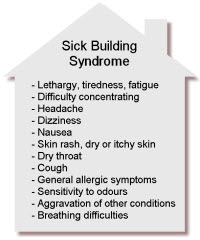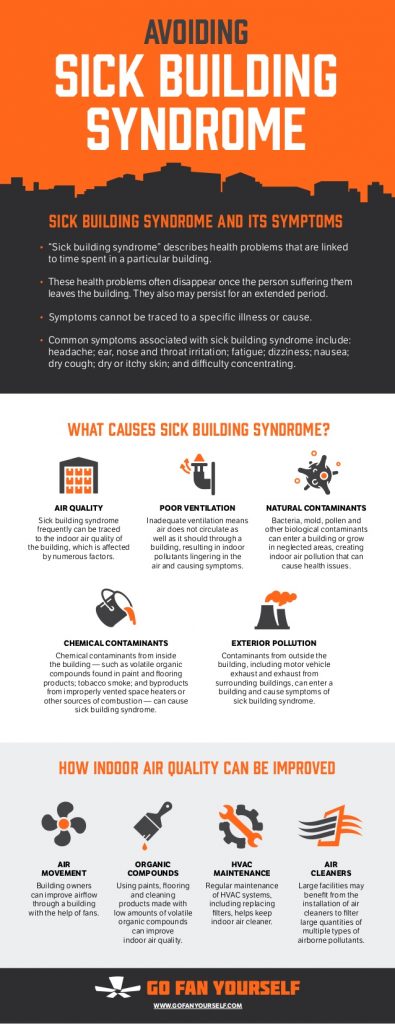Condensation: An Enormous Issue In Buildings
Condensation: an Enormous Issue in Buildings
Condensation is an enormous issues in buildings, whether they be older buildings with single glazed windows and/or no insulation OR brand new buildings that are built to be energy efficient.
“My Building Is New, There is No Mould”
So I am told by many people when they call about at assessment of their home.
“I have NO MOULD, Everything is Dry Now…“
Others tell me. And I even hear:
“There is No Mould in My House… but There is a Musty Smell”
Mmmmm.
<<Picture me rubbing my chin and nodding slowly>>
All three of these cases do not preclude the presence of mould. The other thing to remember is that you cannot always smell mould when it is present.
Here is a video I did to explain about buildings built to code:
So why are we talking about mould when we started with condensation?
Mould has very basic needs: food and moisture.
Food is everywhere. Moisture can be controlled.
Condensation – Why is it an Issue? What is it? How Does it Form? Where Can it Occur?
It is an issue because it forms whenever a building material, or air, reaches dew point. What this means is that the material becomes cold enough to condense water out of the air – which is when droplets form… condensation. Condensation forms on the warm side of the material… Think about a bottle of cold water. The droplets of condensation form on the outside of the bottle.
In winter, a house that is warmed could have condensation forming under the metal roof or in the walls on the inner side of the sarking. As well, it often occurs on the inside of windows.
In summer, a house that is cooled could have condensation forming on the outside of windows, on the outer side of sarking and even within the building envelope where there are changes in temperatures.
This is a problem because it can result in building materials becoming wet enough to support the proliferation of mould (aka mould growth).
This can occur in roof spaces, wall cavities, window frames, and so on.
Research done by Dewsbury, et al, found that buildings built to code may be water damaged and mouldy within their first winter.
This is a big deal.
Condensation can be a large contributing factor to the mould burden in a building – so do take it seriously.
Are you affected by mould and want to learn more?
Click here to find out more about our Inner Circle.
References:
Dewsbury, Dr M, Law, Dr T, Henderson, Dr A (17 Feb 2016) Investigation of Destructive Condensation in Australian Cool Temperate Buildings Building Standards and Occupational Licensing, Department of Justice Tasmania, Tasmania




